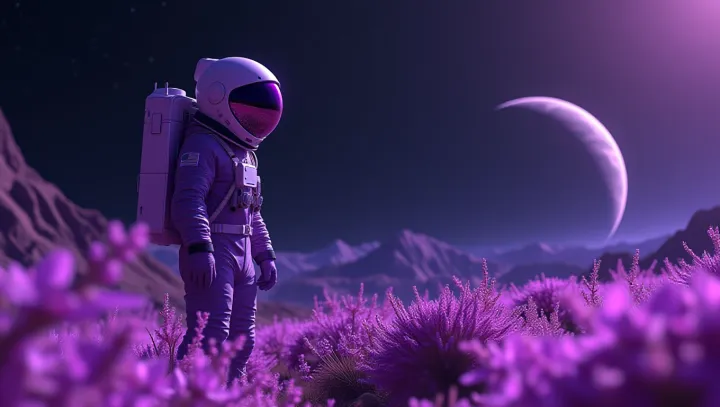Could Life Thrive on the 'Purple Planet'?

In a recent announcement from the Laboratory for Space Studies in Houston, astrophysicists have presented a tantalizing theory about a celestial body they term the 'Purple Planet.' Intriguingly, this planet may hold key conditions conducive to life, diverging from traditional beliefs about habitable zones in space. The premise arises from breathtaking space photographs revealing its striking violet hue, which astronomers suggest may indicate the presence of biological processes. Dr.
Emma Hawthorne, a leading figure in the study, emphasized that these images stimulate important questions about the diversity of life-sustaining environments. Experts are now delving deeper into the atmospheric and geological attributes of the 'Purple Planet.' "The potential chemical interactions we see might support microbial life forms," noted Dr. Hawthorne during a conference.
This insight challenges preconceived frameworks of life in space, honing in on color as an indicator of life. The broader implications of this find are profound, inviting both skepticism and optimism. As scientific inquiry advances, the 'Purple Planet' stands as a focal point, offering hope that the universe may be teeming with undiscovered life forms, each thriving in worlds starkly different from our own.
